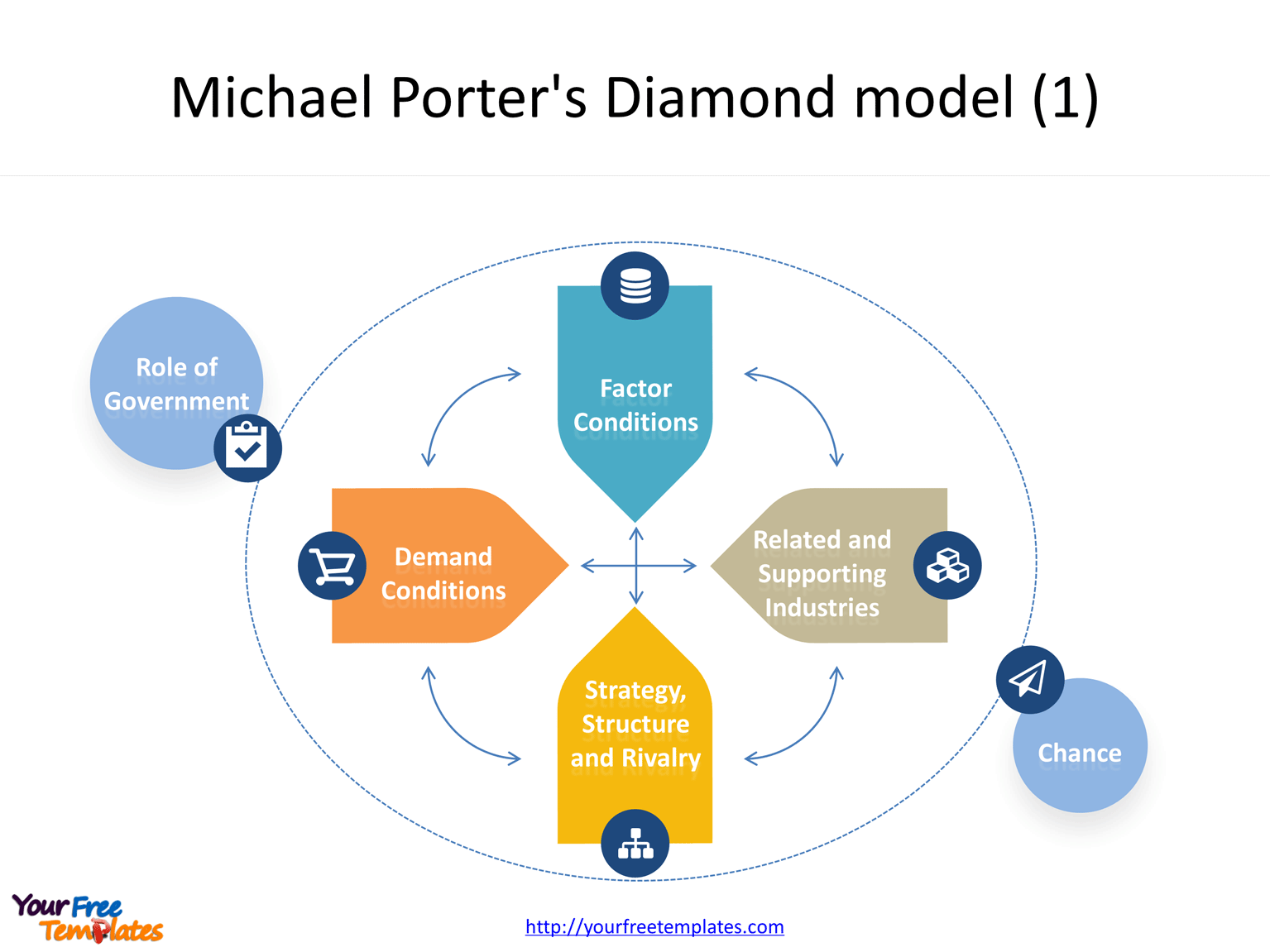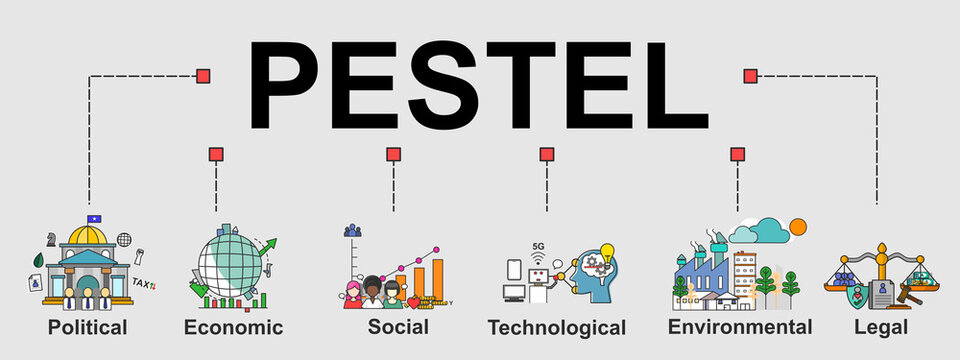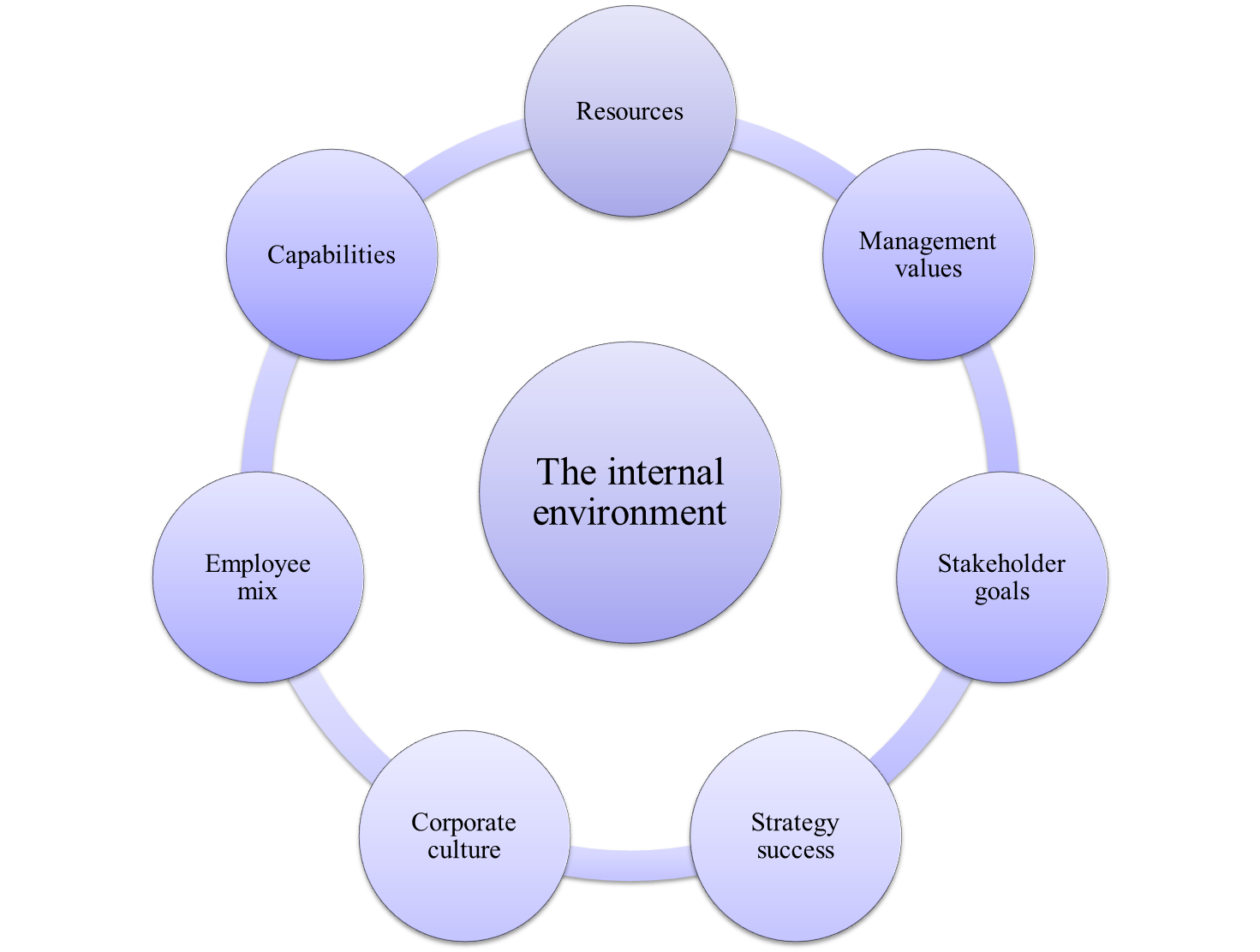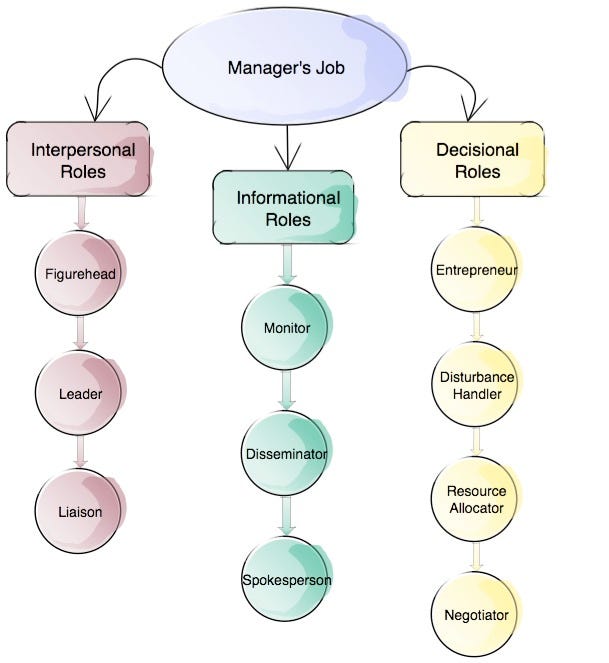Session-13-18
These sessions were about international business. It started with how the international business of Germany and Japan has developed over time after the world war. The discussions revolved around management and the role of MNC's, the competitive advantage of nations and quality management. We understood the opportunities and challenges that arise as we indulge in international business. Some of the opportunities include increased profits and customer base and have better access to resources in various countries. Challenges may include coping with the appearance of new competitors and dealing with increased uncertainty and fear. Moving forward we discussed the nature of international business. There are usually 3 main global perspectives with which international business is being conducted, namely; Ethnocentric Attitude, Polycentric Attitude, Geocentric Attitude. We understood these withheld of various examples- McDonald's follow a polycentric approach as evident from variations in its menu's for America and India, Microsoft follows a geocentric approach as evident from the fact that Ms Office tools are used by consumers all over the world etc. We also learnt various merits and demerits associated with each of these approaches.
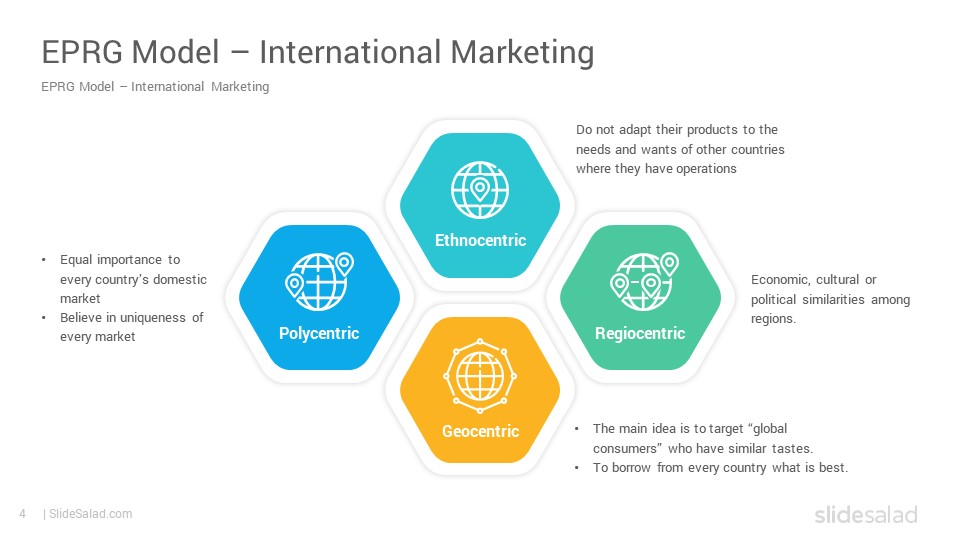
Moving forward we discussed various forms of international business. Exporting basically means the transfer of goods and services from the parent company ( manufacturing) to the host country (consuming). Some of the major exports in India are petroleum products, automobiles, precious stones and metals etc. Continuing further we understood licensing agreement and how it’s different from exports. In such a case the parent company shares the technical know-how with the host company. Such an agreement would allow the host company to earn revenue from the property of the parent company. Apart from these other forms of international business are :
- Management Contracts
- Subsidiaries
- Joint Ventures and Strategic Planning.
